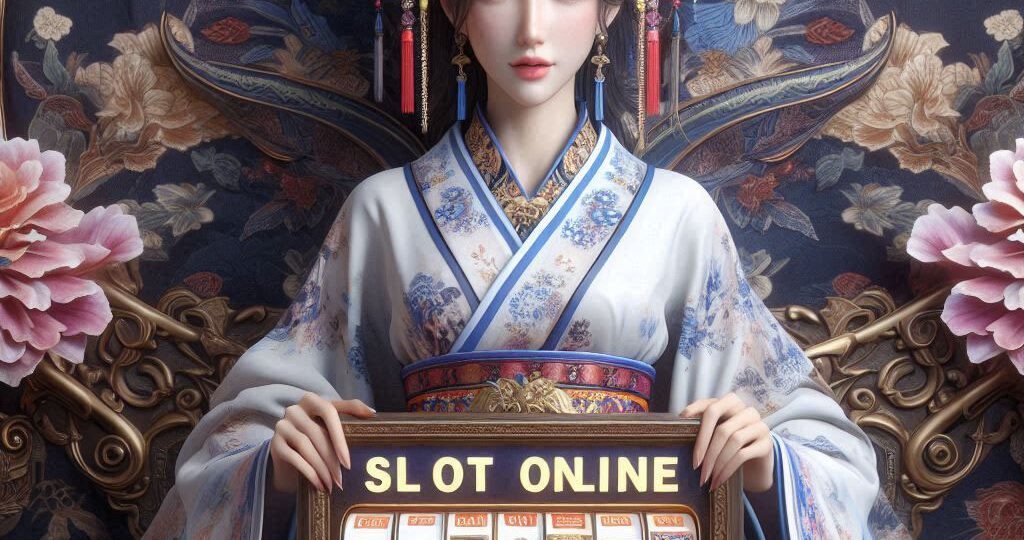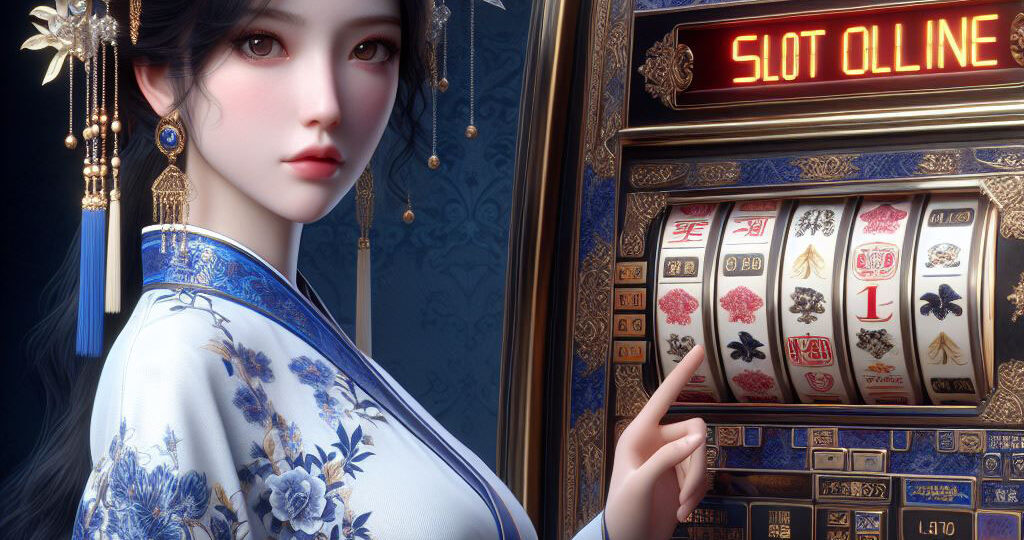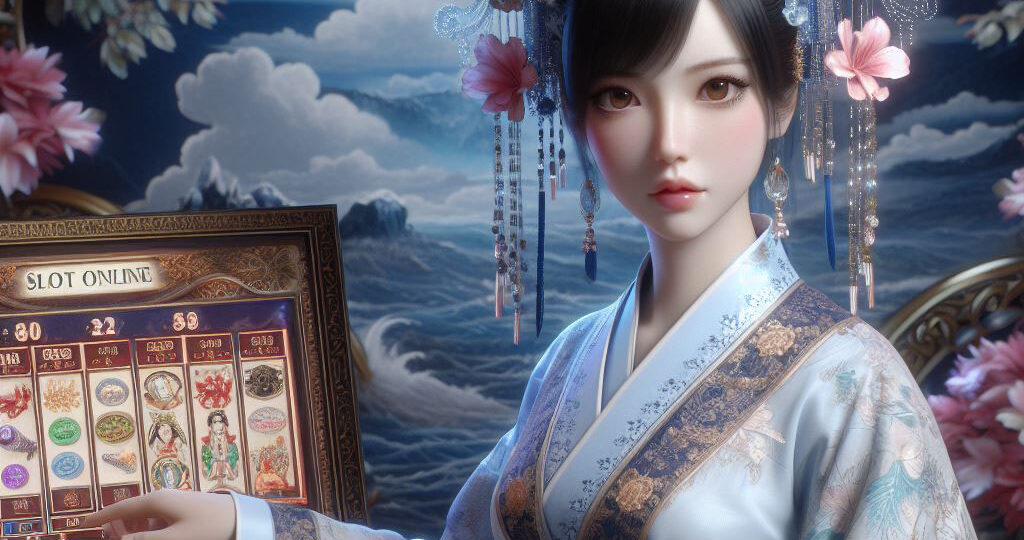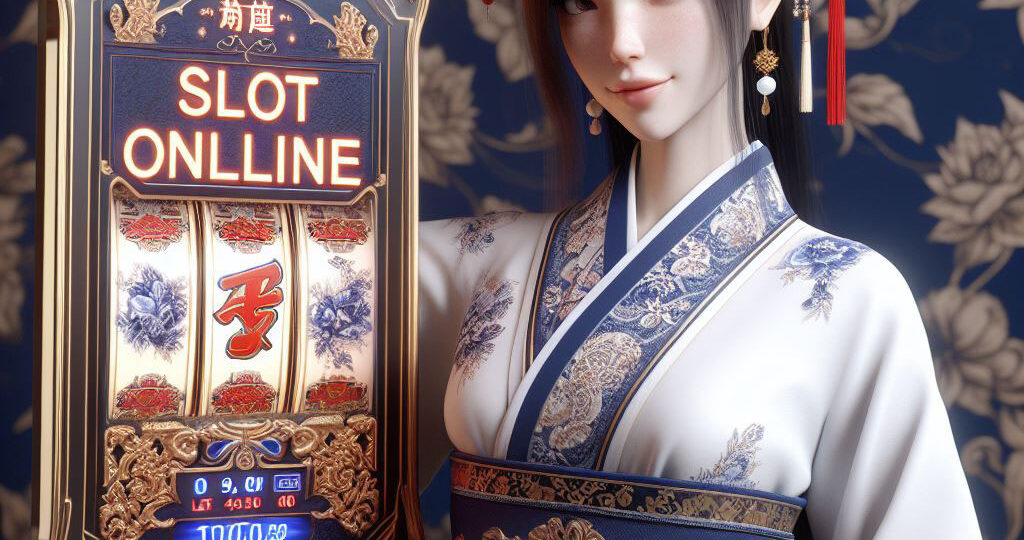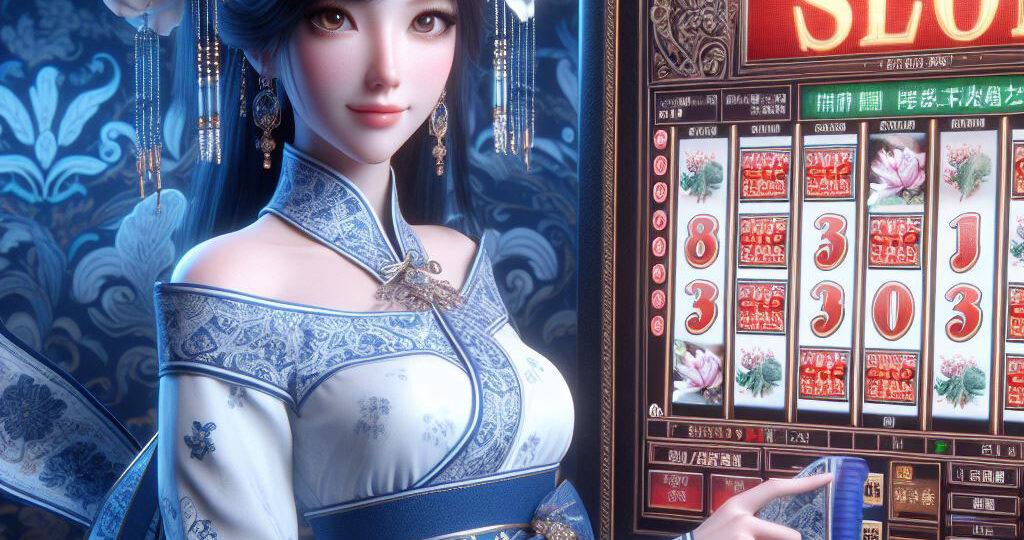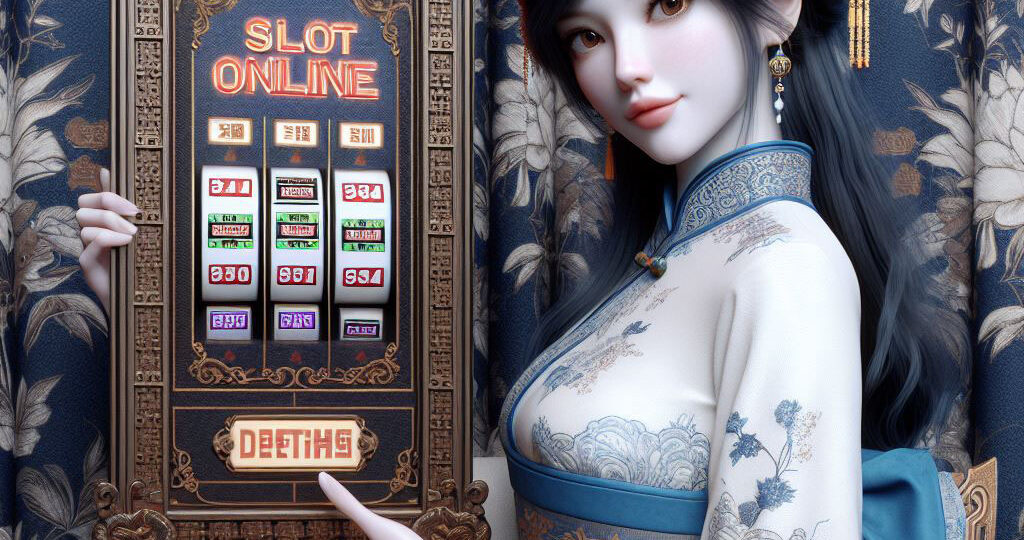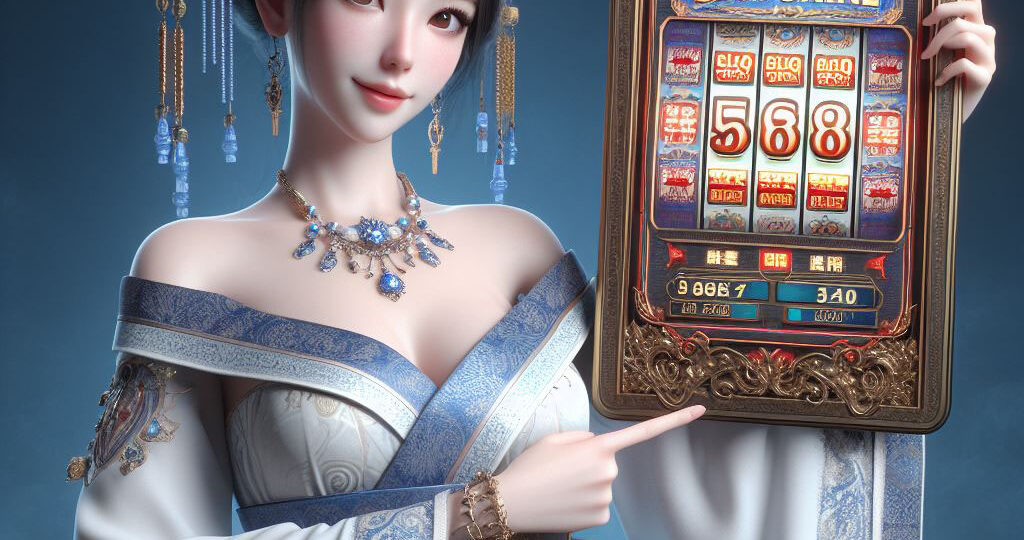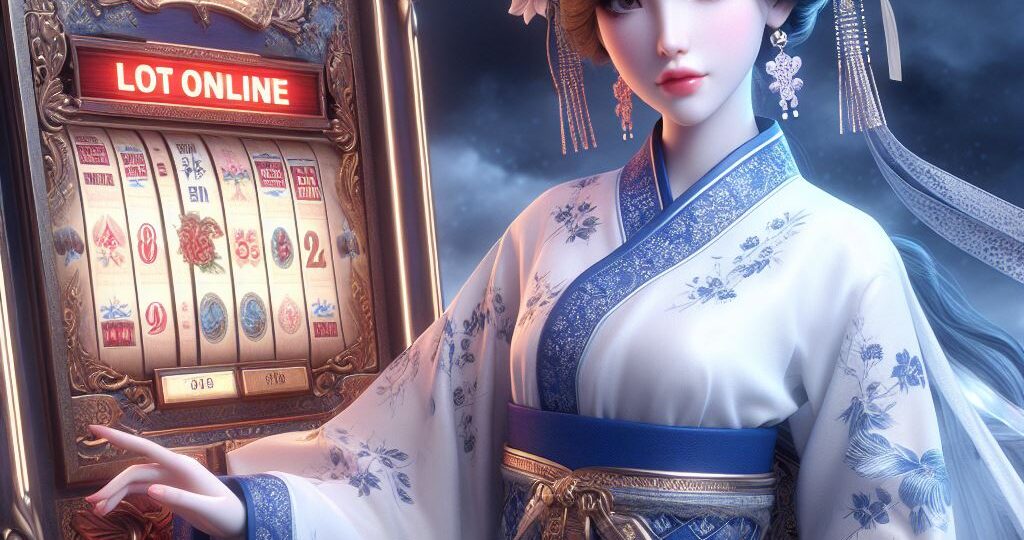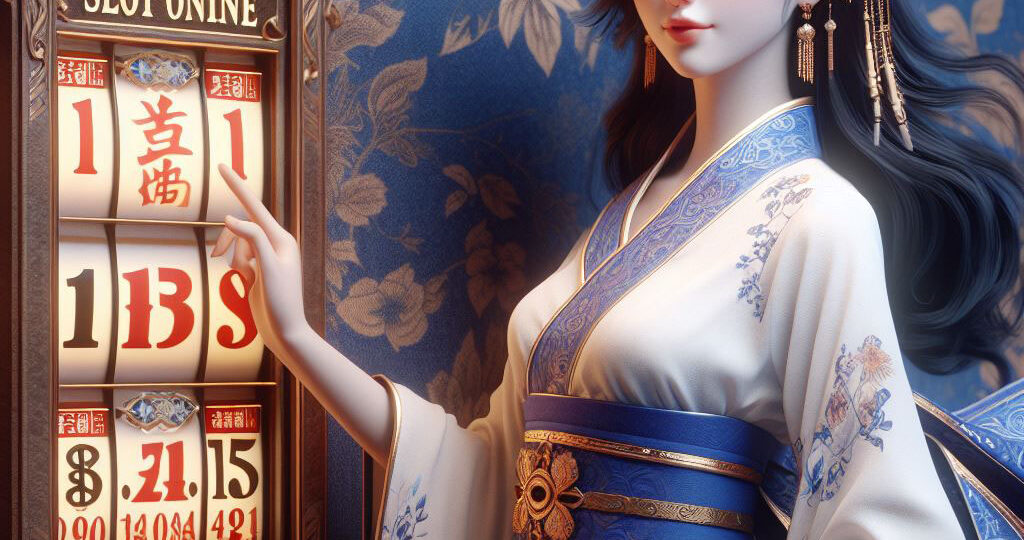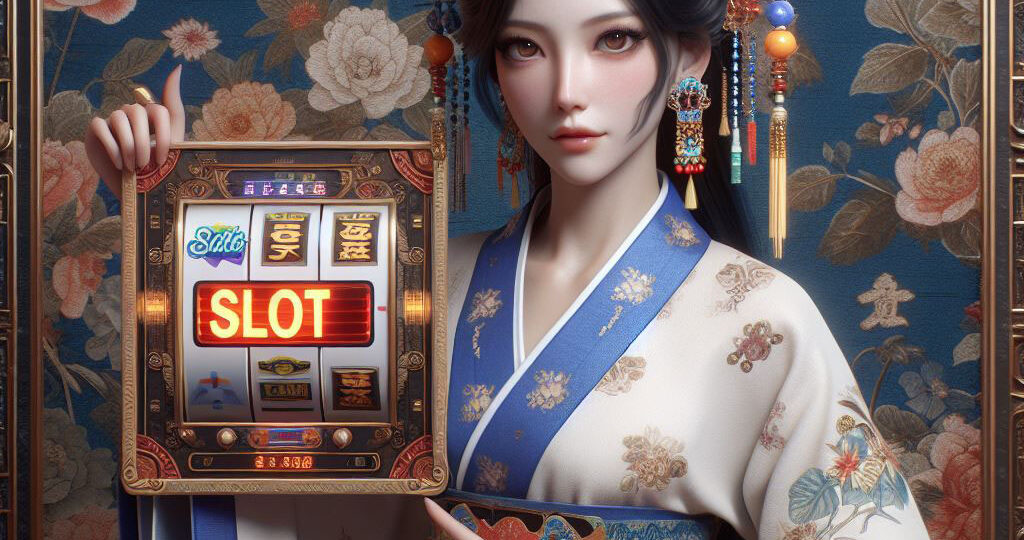sejarah mesin slot, yang pertama kali diciptakan pada akhir abad ke-19, telah bertransformasi menjadi salah satu bentuk hiburan kasino yang paling populer di seluruh dunia. Artikel ini akan membawa Anda melalui perjalanan evolusi mesin slot dari bentuk mekanisnya yang sederhana hingga ke versi digital yang canggih yang kita kenal hari ini. Awal Mula Mesin Slot…
Permainan slot telah menjadi salah satu bentuk hiburan kasino yang paling populer di seluruh dunia. Namun, seputar permainan ini beredar banyak mitos yang sering kali membingungkan para pemain. Artikel ini akan mengungkap fakta dan mematahkan mitos umum tentang slot, membantu Anda memahami permainan ini dengan lebih mendalam. Mitos dan Fakta tentang Slot Mitos 1: Slot…
Rahasia menang slot merupakan salah satu permainan kasino yang paling populer dan menghibur. Banyak pemain tertarik pada kesederhanaan dan potensi kemenangan besar yang ditawarkan oleh mesin slot. Namun, apa sebenarnya rahasia di balik menang besar di mesin slot? Dalam artikel ini, kita akan membahas beberapa strategi dan tips yang dapat membantu Anda meningkatkan peluang kemenangan…
Strategi Menang Slot Online merupakan salah satu jenis permainan yang paling populer dan mudah dimainkan. Namun, tanpa strategi yang tepat, bermain slot bisa jadi hanya membuang uang saja. Artikel ini akan membahas beberapa strategi dasar yang dapat meningkatkan peluang Anda untuk menang di slot online, khususnya bagi para pemula. Memahami Cara Kerja Slot Sebelum terjun…
Bermain mesin slot bisa menjadi pengalaman yang mengasyikkan dan mendebarkan. Untuk pemula, dunia slot mungkin terasa membingungkan dengan berbagai jenis mesin dan istilah yang tidak dikenal. Artikel ini bertujuan untuk memperkenalkan Anda kepada dasar-dasar mesin slot, jenis-jenis yang berbeda, dan beberapa tips untuk memulai. Jenis-Jenis Mesin Slot: Mesin Slot untuk Pemula Cara Bermain: Tips untuk…
Slot online telah menjadi salah satu permainan kasino yang paling populer di seluruh dunia. Dengan beragamnya tema dan fitur yang ditawarkan, tidak heran jika banyak pemula tertarik untuk mencoba permainan ini. Namun, untuk memaksimalkan peluang kemenangan Anda, ada beberapa strategi yang bisa diikuti. Berikut ini adalah panduan lengkap strategi menang di slot online untuk pemula.…
panduan judi slot pemula sebuah arena permainan yang menarik dan sering kali menguntungkan. Bagi pemula, memahami dasar-dasar judi slot adalah kunci untuk menikmati permainan ini tanpa merasa kewalahan. Artikel ini akan membantu Anda memahami cara kerja slot, bagaimana memilih permainan, dan beberapa tips untuk memulai perjalanan Anda. Memahami Slot panduan judi slot pemula adalah permainan…
Bermain slot online yang aman menjadi cara yang mengasyikkan dan menguntungkan untuk mengisi waktu luang, asalkan dilakukan dengan cara yang tepat dan aman. Berikut ini beberapa tips dan trik untuk membantu Anda bermain slot online secara aman dan meningkatkan peluang Anda untuk menang. Pilih Situs yang Terpercaya Sebelum Anda mulai bermain, pastikan bahwa Anda memilih…
Slot machines have been a staple of casinos for decades, captivating players with their flashing lights, enticing sounds, and promise of big wins. While many see slot gaming as purely luck-based, there are strategic approaches that can increase your chances of success. In this article, we’ll delve into the secrets of slot machines and uncover…
1. Pahami Mekanisme Slot rahasia kemenangan judi slot online. Penting untuk memahami cara kerja mesin slot secara mendalam. Ini termasuk pemahaman tentang RTP (Return to Player), volatilitas, dan mekanisme pembayaran. Dengan pemahaman yang lebih baik tentang permainan, Anda dapat membuat keputusan yang lebih baik saat bermain. 2. Kelola Bankroll Anda dengan Bijak Salah satu kunci…
